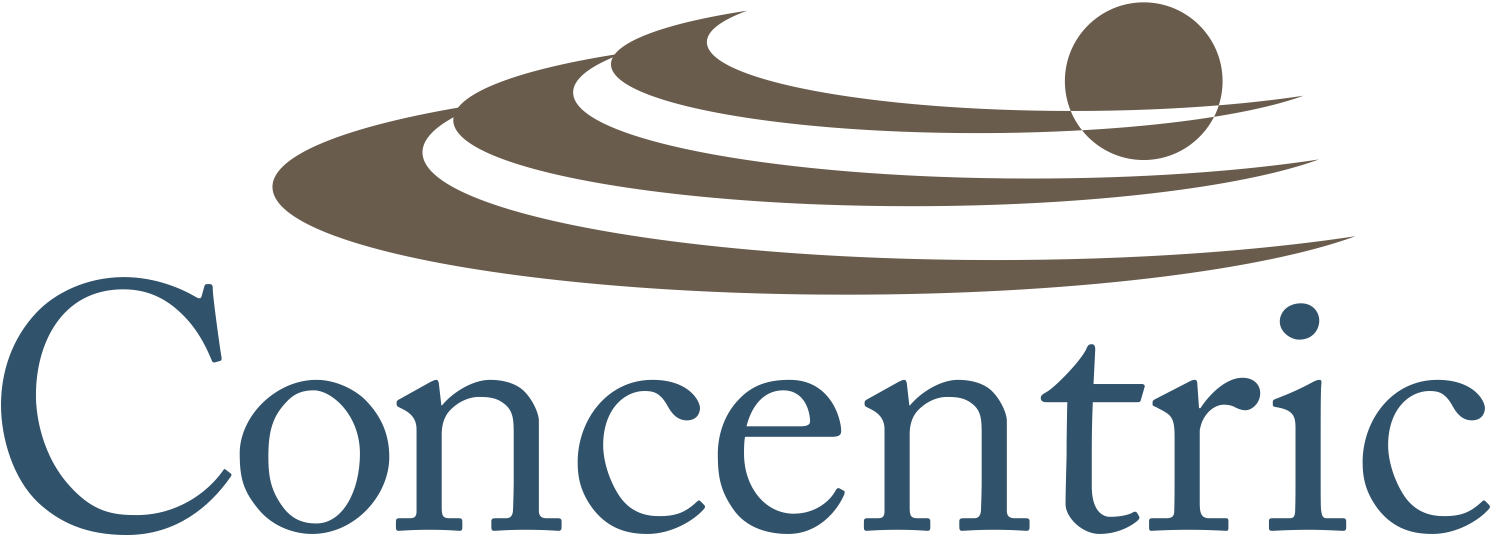Comparing Business Management Systems and the Human Body
Explaining what a business management system (BMS) is, and why others within your organization should care, can be a challenging endeavor. Many people confuse a BMS with related ideas like project management tools, ERP systems, or quality management systems (e.g., ISO 9001). Explaining how a BMS differs or connects to these can complicate the conversation.
Much of a BMS's value lies in the results it produces - better alignment, efficiency, and sustainability - rather than in the system itself. This outcome-driven value can be harder to articulate compared to physical tools or services mainly due to the task of explaining something that you cannot see. Explaining the concept of an architectural drawing or “blue print” is much easier. You can see it, touch it and change it with ease. Why? Because it is a schematic representation of a physical structure such as a wall, a window or an entire building. Systems are intangible and immaterial.
Different industries and companies use their own terminology to describe similar systems, adding to the confusion. For example, one company might call it a "quality management system," while another calls it an "operating system” or “production system”.
Comparing a business management system (BMS) to the systems in the human body is a great way to bring some clarity to an otherwise confusing concept. The BMS vs. Body analogy also highlights how essential coordination and specialization are for effective operation. Here are a few ways to compare the two systems that may help you better promote a systemic approach in your organization:
The Nervous System vs. Communication and Information Flow
Human Body: The nervous system transmits signals between the brain and the rest of the body. It ensures that actions are coordinated, and responses are swift.
BMS: Communication tools (e.g., Microsoft Teams, dashboards, or SOPs) serve as the nervous system of a business. They connect teams, relay data, and ensure decision-makers are informed to act effectively.
The Cardiovascular System vs. Resource Allocation
Human Body: The heart pumps blood, delivering oxygen and nutrients to cells and removing waste. This constant flow is vital for survival.
BMS: Financial systems, supply chains, and operational workflows act like the cardiovascular system, distributing resources (money, materials, information) to where they’re needed most while removing inefficiencies.
The Immune System vs. Risk and Compliance Management
Human Body: The immune system defends against illness and ensures the body stays healthy by identifying and neutralizing threats.
BMS: Risk management and compliance systems protect a business from external threats (e.g., regulatory issues) and internal vulnerabilities (e.g., inefficiencies), keeping the organization resilient.
The Muscular System vs. Execution and Operations
Human Body: Muscles perform actions based on signals from the brain, allowing for movement and strength.
BMS: Operations teams and their workflows execute the plans laid out by leadership, driving the organization forward and enabling productivity.
The Digestive System vs. Resource Input and Transformation
Human Body: The digestive system processes food, breaking it down into energy and nutrients for use by the body.
BMS: Inputs like raw materials, data, or employee efforts are processed and transformed into outputs - products, services, or insights.
The Endocrine System vs. Long-Term Strategy and Culture
Human Body: Hormones regulate long-term processes like growth, reproduction, and metabolism, ensuring stability and adaptation over time.
BMS: A company’s culture and strategic vision play a similar role, setting the tone for long-term growth, adaptability, and alignment.
The Skeletal System vs. Organizational Structure
Human Body: The skeleton provides structure and support, allowing for movement and protection of vital organs.
BMS: Organizational charts, hierarchies, and governance frameworks provide a structured foundation that supports and protects business functions.
Continuous Feedback Loops
Both systems rely on feedback mechanisms to stay healthy. The body relies on pain, hunger, or fatigue signal when something is wrong or needs attention. Businesses rely on signals such as KPIs, performance reviews, and audit results to identify areas where improvement is needed or for signaling success.
This analogy emphasizes the interconnectedness of systems, showing how businesses (like bodies) need robust frameworks, adaptive processes, and continuous monitoring to thrive. Each system has a specialized role, but their seamless collaboration and interaction is what drives health and wellbeing.
Body & BMS
This article is a follow-up to the original “What Is A Business Management System?” and based on the feedback from one of our subscribers. Thanks Sarah!









